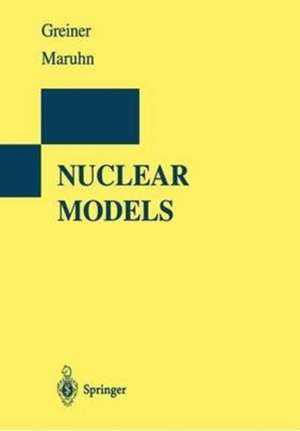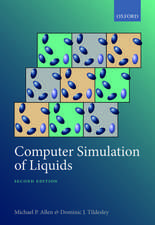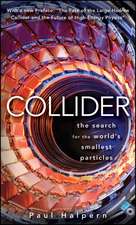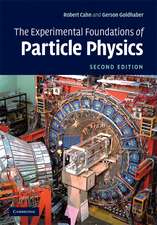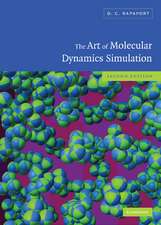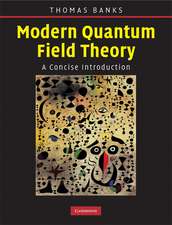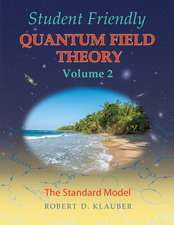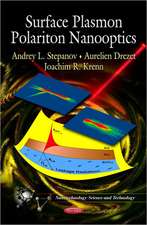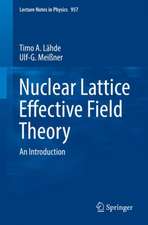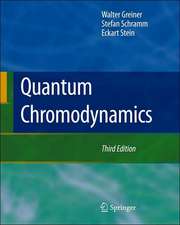Nuclear Models
Autor Walter Greiner Cuvânt înainte de D. A. Bromley Autor Joachim A. Maruhnen Limba Engleză Paperback – 23 feb 1996
Preț: 642.59 lei
Preț vechi: 834.53 lei
-23% Nou
Puncte Express: 964
Preț estimativ în valută:
122.98€ • 127.91$ • 101.52£
122.98€ • 127.91$ • 101.52£
Carte tipărită la comandă
Livrare economică 11-17 aprilie
Preluare comenzi: 021 569.72.76
Specificații
ISBN-13: 9783540591801
ISBN-10: 354059180X
Pagini: 396
Ilustrații: XVI, 376 p.
Dimensiuni: 189 x 246 x 21 mm
Greutate: 0.7 kg
Ediția:1996
Editura: Springer Berlin, Heidelberg
Colecția Springer
Locul publicării:Berlin, Heidelberg, Germany
ISBN-10: 354059180X
Pagini: 396
Ilustrații: XVI, 376 p.
Dimensiuni: 189 x 246 x 21 mm
Greutate: 0.7 kg
Ediția:1996
Editura: Springer Berlin, Heidelberg
Colecția Springer
Locul publicării:Berlin, Heidelberg, Germany
Public țintă
Professional/practitionerCuprins
1. Introduction.- 1.1 Nuclear Structure Physics.- 1.2 The Basic Equation.- 1.3 Microscopic versus Collective Models.- 1.4 The Role of Symmetries.- 2. Symmetries.- 2.1 General Remarks.- 2.2 Translation.- 2.3 Rotation.- 2.4 Isospin.- 2.5 Parity.- 2.6 Time Reversal.- 3. Second Quantization.- 3.1 General Formalism.- 3.2 Representation of Operators.- 3.3 Evaluation of Matrix Element for Fermions.- 3.4 The Particle-Hole Picture.- 4. Group Theory in Nuclear Physics.- 4.1 Lie Groups and Lie Algebras.- 4.2 Group Chains.- 4.3 Lie Algebras in Second Quantization.- 5. Electromagnetic Moments and Transitions.- 5.1 Introduction.- 5.2 The Quantized Electromagnetic Field.- 5.3 Radiation Fields of Good Angular Momentum.- 5.4 Coupling of Radiation and Matter.- 6. Collective Models.- 6.1 Nuclear Matter.- 6.2 Nuclear Surface Deformations.- 6.3 Surface Vibrations.- 6.4 Rotating Nuclei.- 6.5 The Rotation-Vibration Model.- 6.6 ?-Unstable Nuclei.- 6.7 More General Collective Models for Surface Vibrations.- 6.8 The Interacting Boson Model.- 6.9 Giant Resonances.- 7. Microscopic Models.- 7.1 The Nucleon-Nucleon Interaction.- 7.2 The Hartree—Fock Approximation.- 7.3 Phenomenological Single-Particle Models.- 7.4 The Relativistic Mean-Field Model.- 7.5 Pairing.- 8. Interplay of Collective and Single-Particle Motion.- 8.1 The Core-plus-Particle Models.- 8.2 Collective Vibrations in Microscopic Models.- 9. Large-Amplitude Collective Motion.- 9.1 Introduction.- 9.2 The Macroscopic-Microscopic Method.- 9.3 Mass Parameters and the Cranking Model.- 9.4 Time-Dependent Hartree—Fock.- 9.5 The Generator-Coordinate Method.- 9.6 High-Spin States.- Appendix: Some Formulas from Angular-Momentum Theory.- References.
